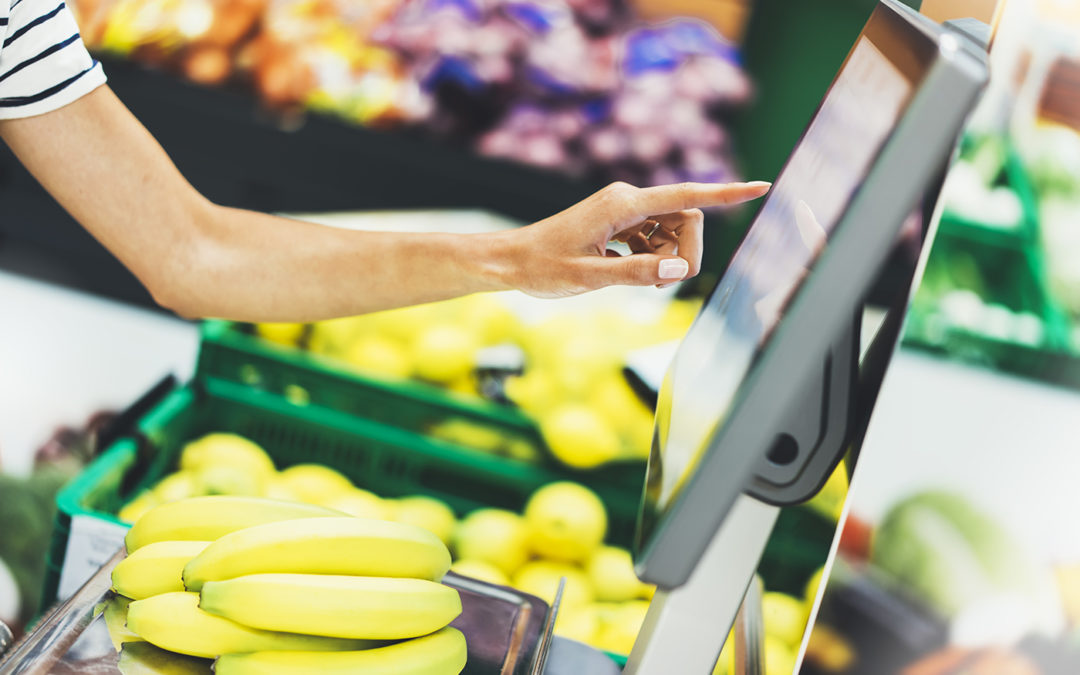With much of the country shifting its priorities to live a healthier lifestyle, it’s no wonder the general layout of grocery stores has been the subject of some recent debate. Though most grocers like to shake up the positioning of certain products and departments at regular intervals, frequent shifts may leave a bad taste in some customers’ mouths. Plotting out the layout and product positioning of your store can involve a lot of different factors, and using mystery shopping services to help capture the customer experience can make a world of difference.
Why mystery shopping?
Think of mystery shoppers as your “person on the inside.” These undercover professionals will stroll into your store unannounced, browse through your aisles, check out each department, make a few purchases and then head on their way. With their trip completed, the mystery shopper will then produce a detailed report thoroughly outlining their experience at your store. These reports will cover everything from the speed of service at the deli and the friendliness of the cashiers to the stock of products on the shelves and – yes – even the general layout of the store. If the placement of one section is confusing or your freezers are too cold, you’ll hear about it.
These reports can serve as the basis for your next re-design, as they’ll help you keep the customer experience front of mind. What else should you keep in mind when re-thinking the layout of your grocery store?
Putting your best foot forward
When a customer enters your store, you want their first impression to be a positive one, and what makes a better first impression than fresh cut flowers? Dubbed the “decompression zone” by NBC News affiliate KHOU, these areas are designed to comfort patrons and entice their senses with dazzling expressions of colors and soothing scents. It’s important to arrange these displays so that the more beautiful — and more costly — items are all instantly seen or smelled upon entering. Since this display will often lead directly into your produce department, you should be able to keep the vibrant and colorful experience going, something that may inspire your shoppers to pick up that extra bag of apples or bunch of bananas.
Space out the big ticket items
You know what your biggest sellers are, and though it may seem logical to have them all nearby for customer convenience, you’ll actually want to spread them out a bit. According to the Food Marketing Institute, the average supermarket contains upward of 44,000 different items on its shelves at any given time. While you can be certain that most customers will be coming in for basic items like milk or bread, you want to inspire them to peruse the less common items in the aisle. Separate high-traffic areas like the dairy case or the over-the-counter medicines with other options, such as the foreign foods section. Perhaps this will inspire the customer who came in for eggs to finally try that recipe for Sichuan chicken.
Don’t stop the music
In addition to providing a soothing soundtrack for your customers’ shopping experience, playing music in your grocery store has the added benefit of keeping visitors in the aisles a little longer. Researchers have found that the longer people spend in a grocery store, the more likely they are to pick up impulse items. As your customers navigate the aisles and begin nearing their journey home, they grow more open to suggestion and are more likely to purchase things that they may not have come in for — and keeping your guests entertained with music is just one way to keep them in the store.
How can mystery shoppers help shape the layout of a grocery store?
Mystery shoppers can provide valuable insights on customer navigation, product placement, and overall store layout, helping grocery stores optimize the shopping experience.
What specific areas should be assessed by mystery shoppers in grocery stores?
Mystery shoppers should assess ease of navigation, visibility of key products, and the logical flow of the store layout.
How can grocery stores benefit from mystery shopping feedback?
Feedback can lead to improvements in store design, product accessibility, and overall customer satisfaction.

